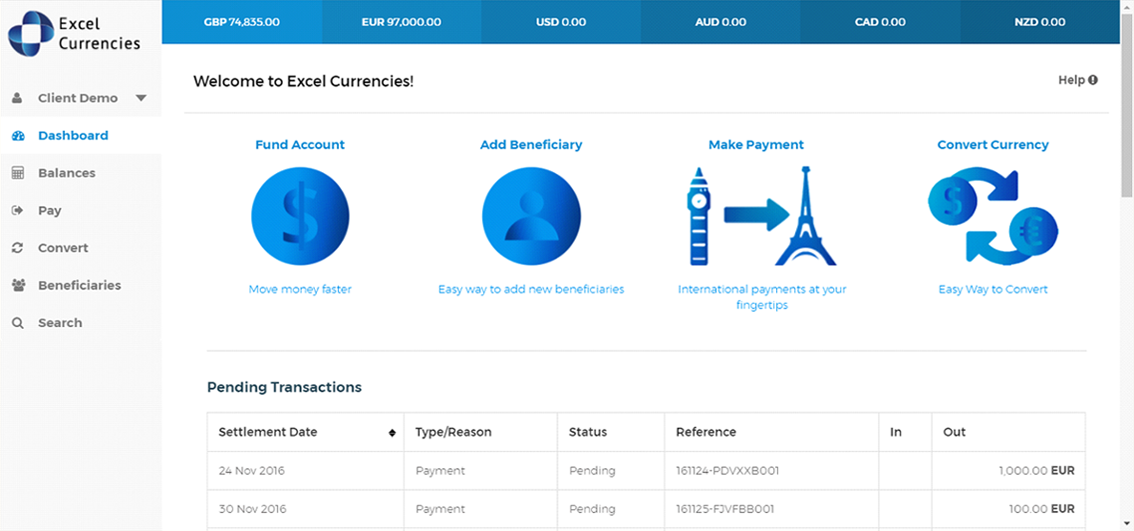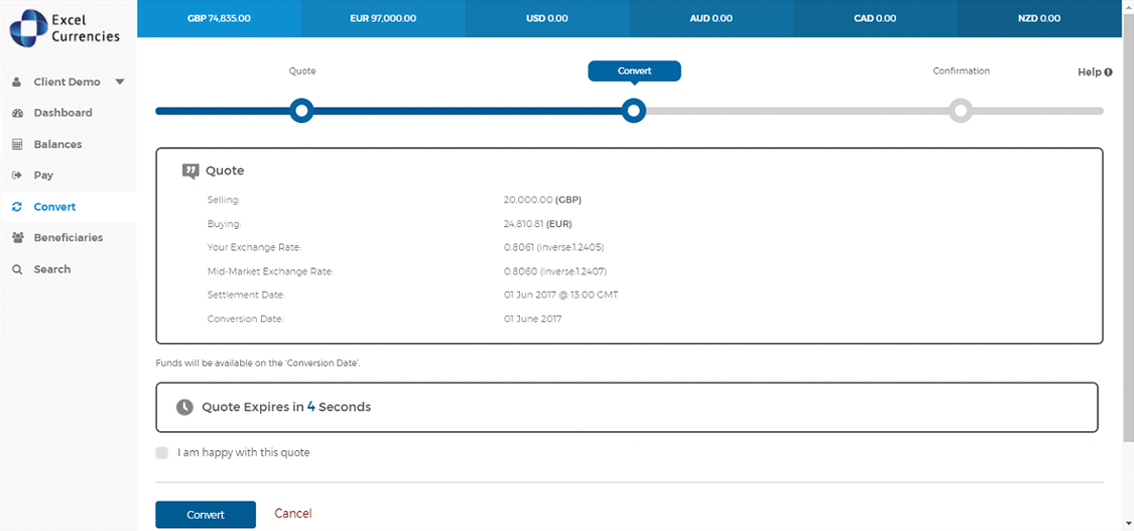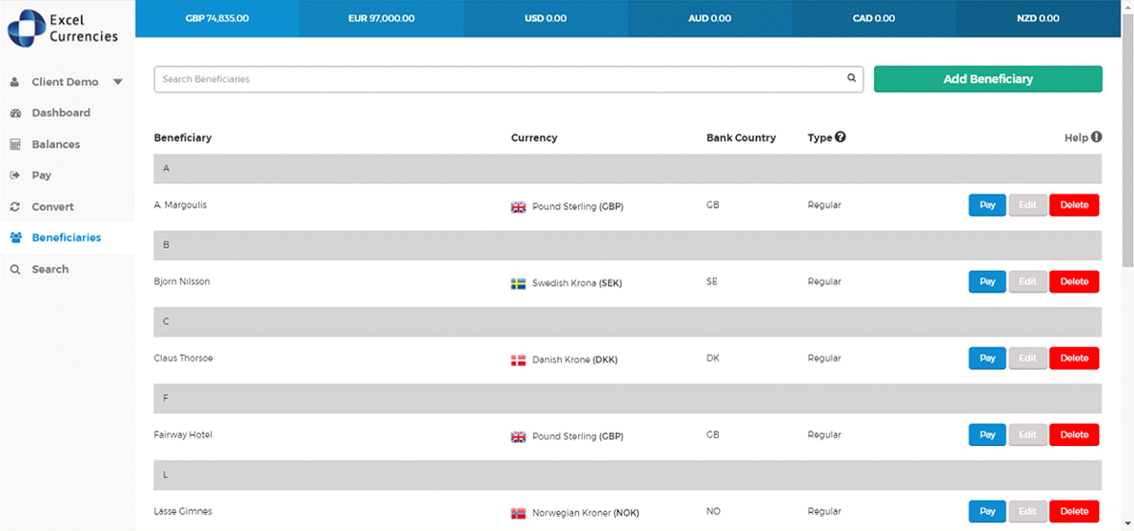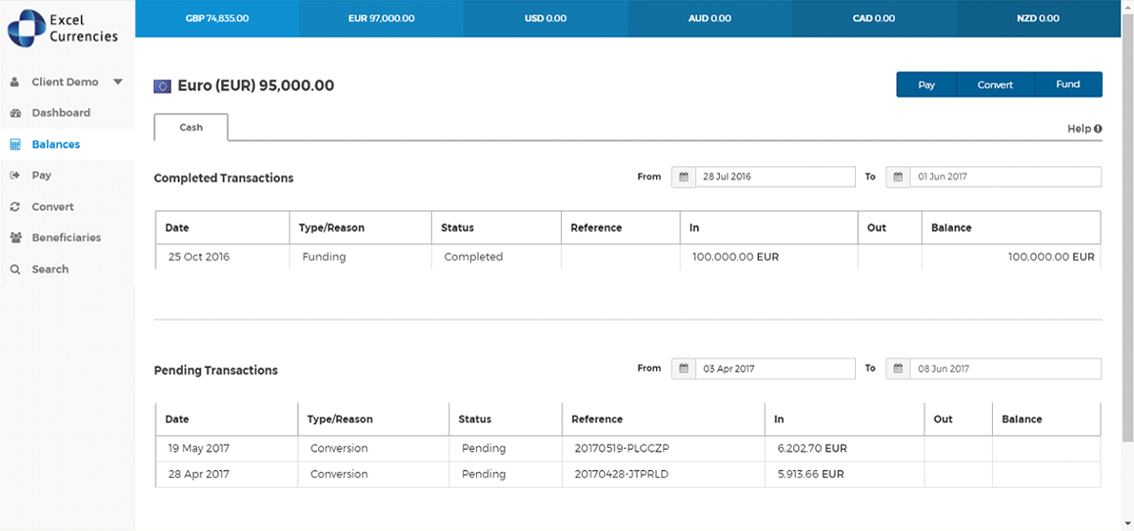What is hedging & how does it work?

Hedging is a strategy that limits your risk and
protects your profit margin. Hedging is done with the intention of reducing
possible loss on an existing position. Hedging is basically a risk management
technique that is used to guard against future potential losses.
In financial markets, hedging is a risk
management strategy employed by companies and individuals to guard
against any losses brought on by unfavourable changes in exchange rates.
Hedging effectively takes exchange rate risk off the table
and a Forward Contract is the most popular way of doing this.
A Forward Contract is a ‘buy now, pay later’ product
which enables the customer to lock in the rate now and pay for the transaction
at a later date. This has many benefits including;
- Saves
you time looking and worrying about exchange rates
- It’s
useful if there are cash flow issues
- 90%
of the remaining money can stay with the customer earning interest
- It
protects you from future negative current movements
Usually, up to a 10% deposit is required to hedge
with a Forward Contract and the maturity date is recommended for up to
12-months. Drawing the contract partially down or fully down early is possible,
as is extending the contract for whatever reason (charges may apply).
Full hedging or partial hedging can be applied with a Forward Contract, depending on the various variables at play. Whether the rate goes up or down, the rate you have secured on the Forward Contract is fixed.
How to apply a hedging strategy?

Communicate
Whoever is involved in the operations of the business
should communicate openly to an FX expert to determine the best course
of action.
Agreeing on a hedging policy is not a small task,
but if done correctly, it can save the company an enormous amount of money and
time.
Alignment is key here. The FX
expert can only bring the ‘horse to water’ so to speak with forecasts, market
trends and commentary, but the person in charge must figure out the decision
and drink the water if they think it’s the right choice for them and their business.
Adjust
Even while you may review your operational hedging
program annually, large or unanticipated market movements might necessitate a
more comprehensive evaluation to make sure your strategic and tactical plan
still adequately manages your risk.
Priorities might change over time
particularly in times of unforeseen instability, which can lead to a mismatch
between the goals of your program and its actual implementation.
This implies the basic risk management queries like whether
you should hedge risk, how you should do hedging, how the hedging fits
in your organizational activities etc. may need to be reviewed.
Both external and internal factors, such as supply
chain interruptions and missed forecasts, can have an impact on goals and the
methods and techniques to reach them.
It’s important to remain vigilant when operating overseas and a proactive FX expert can be worth their weight in gold.
The bottom line
Hedging is crucial for the stability and profitability of
your business. Effective hedging protects against market volatility, ensuring
that sudden price fluctuations do not adversely affect your financial
performance.
By minimizing risks associated with foreign exchange rates,
you can maintain more predictable cash flows and safeguard profit margins. If
you haven’t yet optimized your hedging strategy, now is the time to act.
Delaying this critical step could expose your business to
unnecessary financial risks, potentially compromising your competitive edge and
long-term success.

Excel
Currencies can help.

 Twitter
Twitter Facebook
Facebook linkedin
linkedin Google
Google








